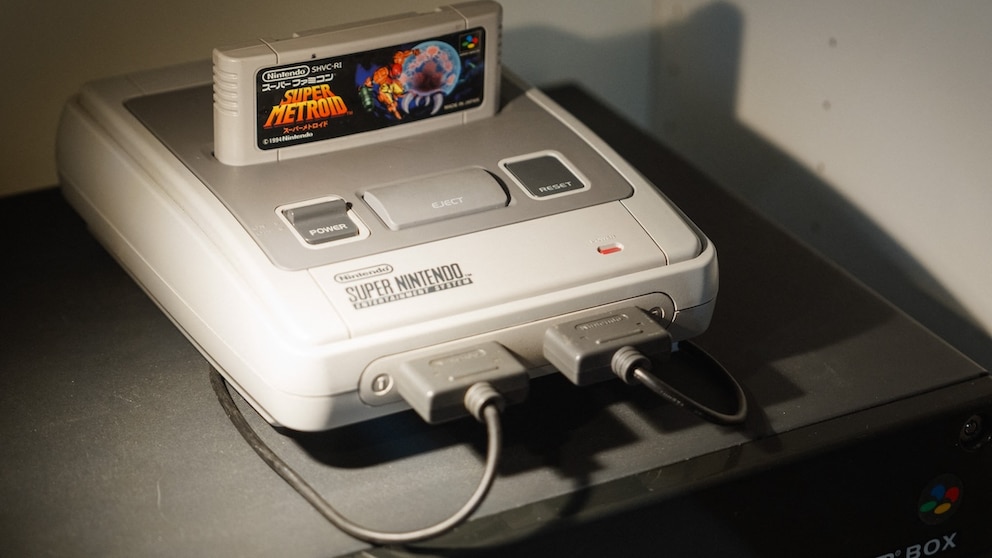March 20, 2025, 9:30 am | Read time: 3 minutes
The SNES has not been available to buy regularly in Europe since the end of the 90s. Nevertheless, the old hardware now comes as a surprise. Because the Super Nintendo Entertainment System gets faster the older it gets.
Old technology actually shines more with a romanticized nostalgia factor and less with performance. What’s more, with particularly old parts and components, you can hold your breath every time you switch the device on and hope that it will turn on at all. Against this background, some attentive fans are, therefore, particularly surprised that an old game console seems to work differently. Because the Super Nintendo is getting faster with age — and, thus, poses a puzzle.
Audio Chip in the Super Nintendo Faster
The Super Nintendo Entertainment System (SNES for short) appeared at the beginning of the 1990s and enticed gamers with numerous classics such as Super Mario Kart and Street Fighter II. Thanks to its timeless library of games and its age, it is now regarded as an absolute cult machine with which an entire generation took its first steps in gaming. To this day, there are numerous copies in living rooms around the world, and there has even been a new mini edition.
The 16-bit console is now technically very old and cannot even come close to holding a candle to any current game when it comes to graphics, sound, and performance. Nevertheless, the hardware still surprises today: as reported by Time Extension and others, resourceful users have noticed that the Super Nintendo’s audio chip gets faster the older it gets. The user TASBot writes on Blue Sky that the device is faster than before. It also speeds up when it warms up.
Audio Chip Built Differently Than CPU
One possible cause could be the material used for the audio chip. This is because it is equipped with a ceramic resonator and is said to have a clock rate of 24.576 MHz and enable digital signal processing with a sampling rate of 32 KHz. The main CPU of the SNES, in turn, uses a quartz crystal and clocks at 21 MHz.
Following an appeal to the online community, several users responded with measurements. On average, the users found a sampling rate of 32.076 KHz, which is higher than the originally planned 32 KHz. An increase of 8 Hz was noted when switching from cold operation (e.g., at room temperature) to a heated-up chip.
However, once the audio chip has warmed up, the Super Nintendo can become even faster. It was even possible to detect jumps from 31.965 KHz to 32.182 KHz – a range of 217 Hz.

New chips and games consoles – the highlights of Computex 2024

Asus ROG Ally X Review—Handheld Console Improved at a Crucial Point

PS5 Slim — Features, Advantages and Disadvantages, Rating
The Guesswork Begins — Why Is the Super Nintendo Getting Faster?
There is still no consensus on the effects of the faster audio chip. One consequence is that the pitch of musical notes and sound effects changes. However, it is already being considered whether the phenomenon could also have a general effect on the console. If so, this could enable faster speed runs than ever before without players being any better at all.
It has not yet been possible to establish a definitive link between the material and increased speed. There are also no other explanations or possible consequences for the gaming experience itself. According to TASBot, further investigations are necessary.

